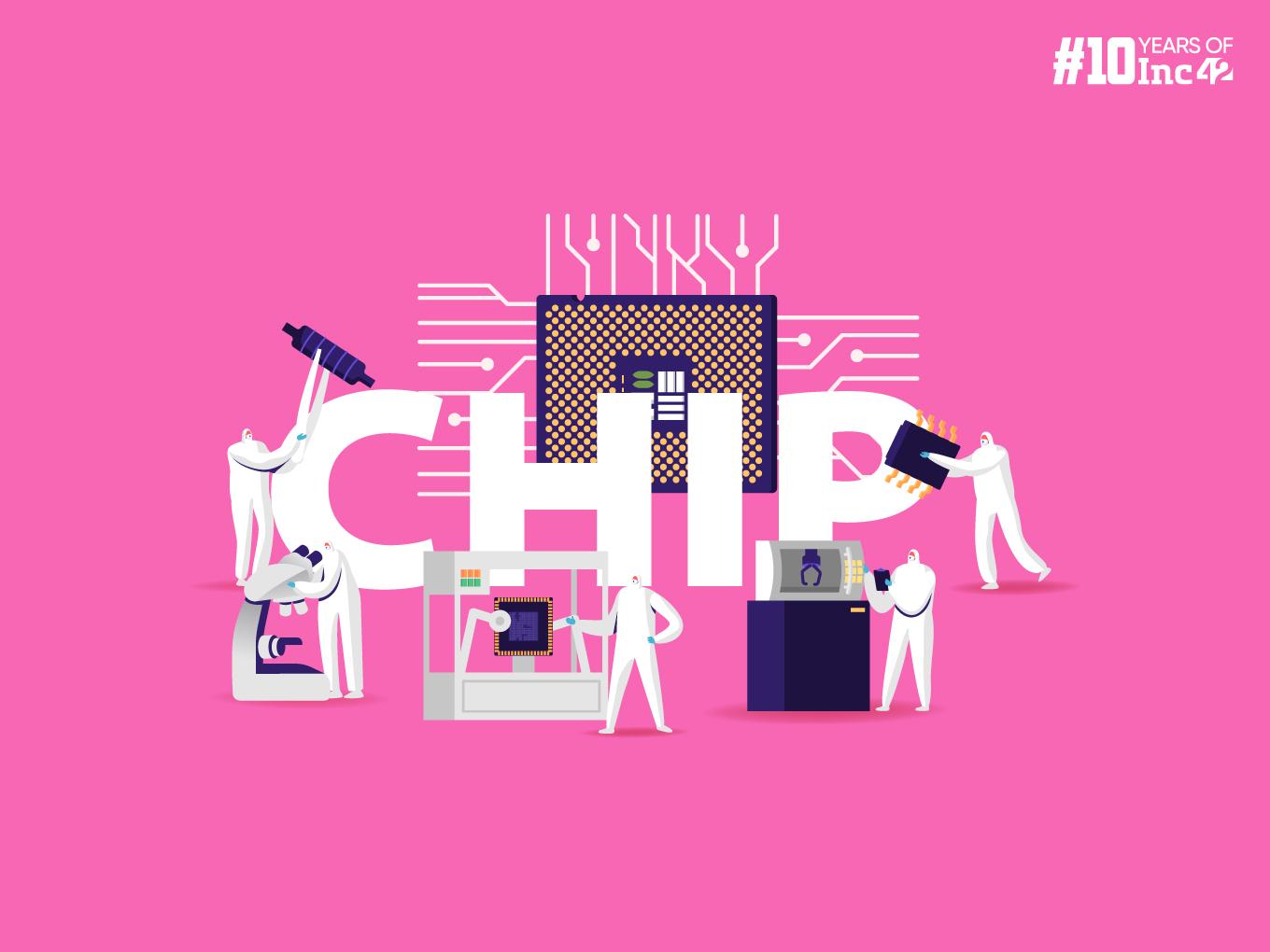What Is Etching In Semiconductor Manufacturing?
In semiconductor manufacturing, etching is a crucial process that sculpts the intricate circuits on a silicon wafer. It works by selectively removing thin layers of material to create the desired patterns. The following are the two main etching techniques in use today:
- Wet Etching: Uses liquid chemicals to dissolve the exposed material. This is a simpler and cheaper approach but can be less precise.
- Dry Etching: Employs a plasma of reactive gases or ions to bombard the wafer, physically removing material. This offers better control and precision for complex circuits.
How Does Etching Work?
Etching in semiconductors relies on creating a pattern on the wafer and then selectively removing material based on that pattern. The following presents a closer look at the two main etching techniques.
Wet Etching
- Mask Application: A thin layer of material resistant to the etching chemicals, like a photoresist patterned through photolithography, is applied to the wafer. This acts like a stencil, protecting desired areas.
- Chemical Bath: The wafer is submerged in a solution containing specific chemicals that react with and dissolve the exposed material (areas not covered by the mask).
- Material Removal: The exposed material gets etched away at a controlled rate depending on the chemical solution and the material’s properties.
- Mask Removal: Once the etching is complete, the remaining mask is removed using appropriate solvents, revealing the underlying etched pattern.
Dry Etching
- Mask Application: Similar to wet etching, a protective mask is applied on the wafer.
- Plasma Creation: A low-pressure chamber containing the wafer is filled with gases like fluorocarbons, oxygen, or chlorine. An electrical field energises these gases, creating a plasma.
- Ion Bombardment: The energetic ions in the plasma are directed towards the wafer surface. These ions physically knock off atoms from the exposed material (areas not covered by the mask), etching it away.
- Selective Etching: The etching process can be tuned to selectively remove certain materials based on their reaction with the plasma.
- Mask Removal: After etching, the remaining mask is removed, leaving behind the desired etched features.
Dry etching offers several advantages over wet etching:
- Higher Precision: It allows for much more precise and intricate patterns due to the directional nature of ion bombardment.
- Anisotropic Etching: Dry etching can etch vertically down into the material, creating deeper and narrower features crucial for modern transistors.
- Complex Structures: It enables the creation of complex 3D structures on the wafer.
However, wet etching remains a valuable technique due to its simplicity and lower cost. The choice between wet and dry etching depends on the specific requirements of the circuit being fabricated.
What Is The Difference Between Etching & Lithography?
Both etching and lithography are fundamental processes used in semiconductor manufacturing, but they serve different purposes:
| Feature | Lithography | Etching |
| Function | Creates a pattern on the wafer | Removes material based on the lithography pattern |
| Process | Uses light and photoresist to create a mask | Uses chemicals or plasma to remove material |
| Result | Patterned photoresist mask | Desired circuit features etched on the wafer |
| Analogy | Drawing a blueprint | Carving based on the blueprint |
How Is Etching Used To Manufacture Semiconductor Devices?
Etching is critical in manufacturing semiconductor devices by precisely sculpting the intricate features on a silicon wafer. Here is how it is utilised:
Creating Transistors And Circuits
- Transistor Formation: Transistors, the fundamental building blocks of integrated circuits, are formed by etching away specific wafer regions to define the source, drain and gate areas. The etching process creates the physical shapes and electrical properties needed for transistor operation.
- Circuit Patterning: Etching allows for defining the intricate pathways that connect transistors and other components on the chip.
Advantages Of Etching
- Precise Patterning: Etching techniques, especially dry etching, enable the creation of highly precise and miniaturised features. This is essential for packing a large number of transistors and complex circuits onto a single chip.
- Material Selectivity: Different etching techniques or chemistries can be chosen to target specific materials on the wafer. This allows for the selective removal of layers while leaving desired regions untouched, which is crucial for building multi-layered circuits.
- 3D Structures: Advanced dry etching techniques can create three-dimensional structures within the wafer. This enables the fabrication of more sophisticated devices like microelectromechanical systems (MEMS) that incorporate mechanical elements.
Applications Beyond Transistors
- MEMS Fabrication: Etching is vital for manufacturing microelectromechanical systems (MEMS) that combine electronic and mechanical components. Etching techniques create micro-scale sensors, actuators, and other miniature devices.
- Semiconductor Packaging: In the final stages of chip fabrication, etching creates cavities and trenches within the chip package. These structures facilitate wire bonding and electrical connections between the chip and external components.








